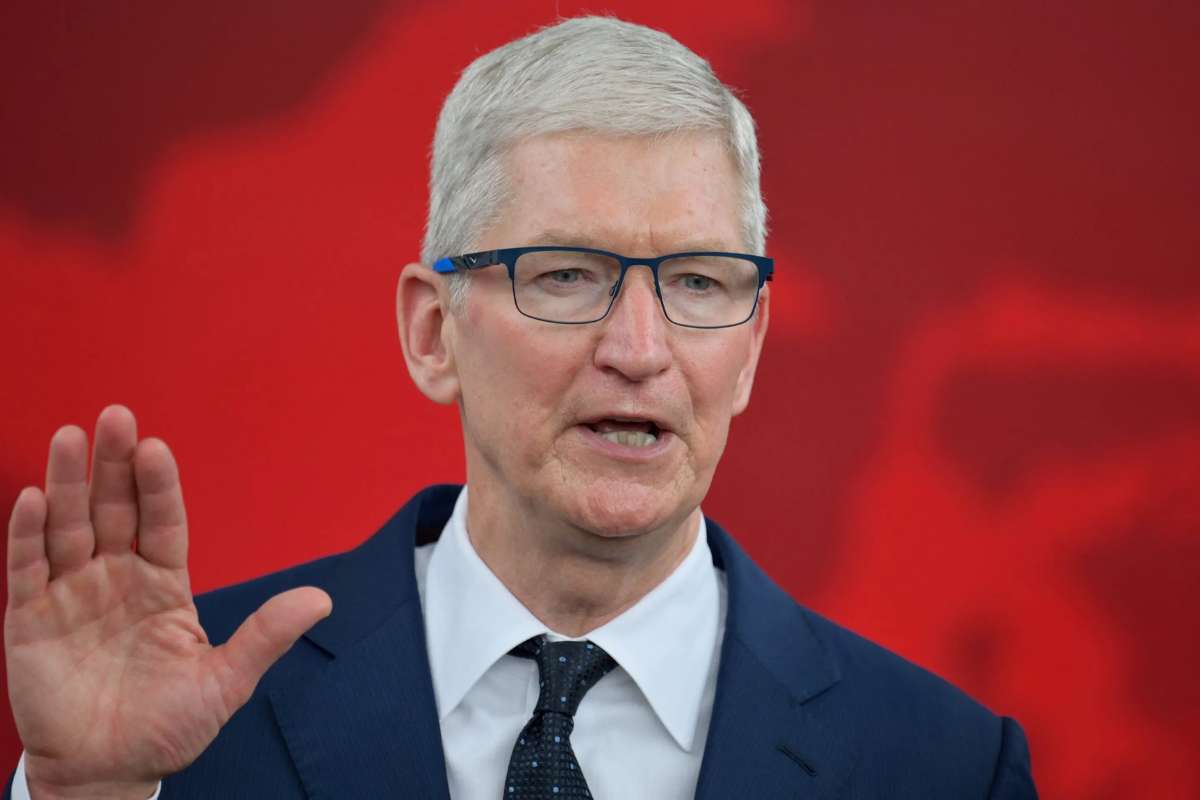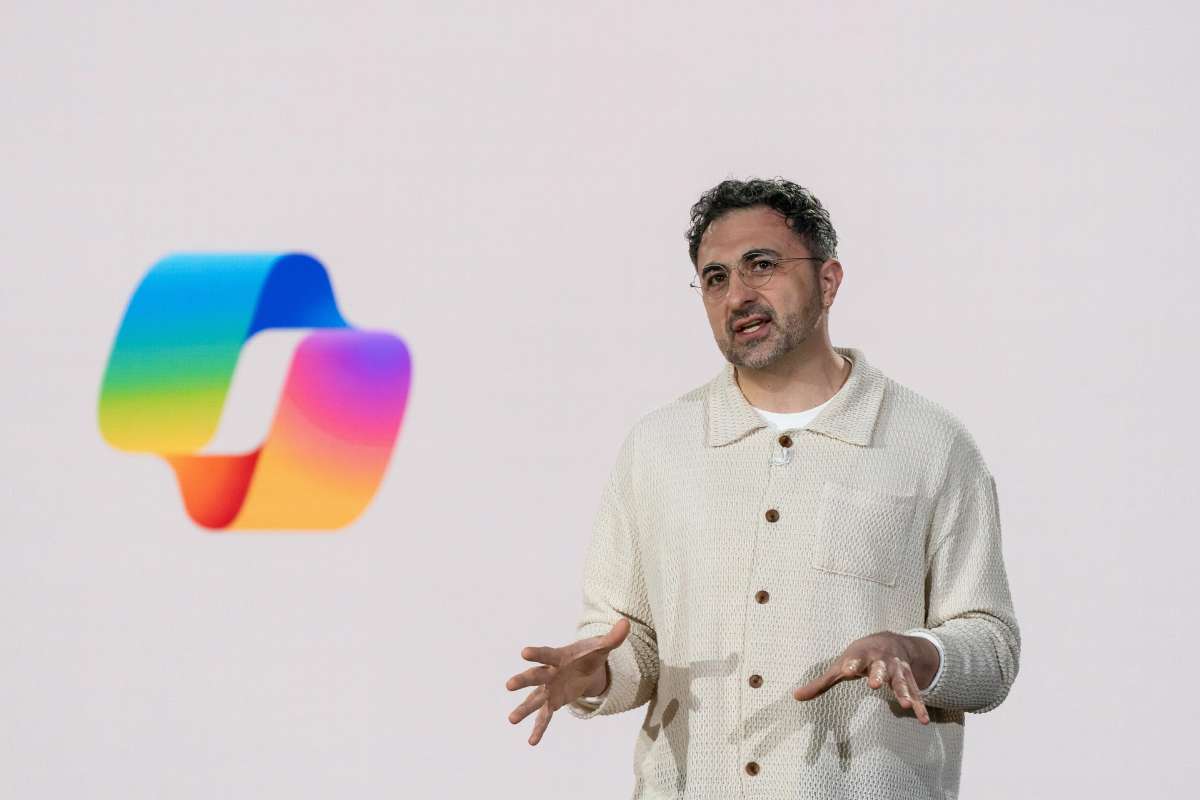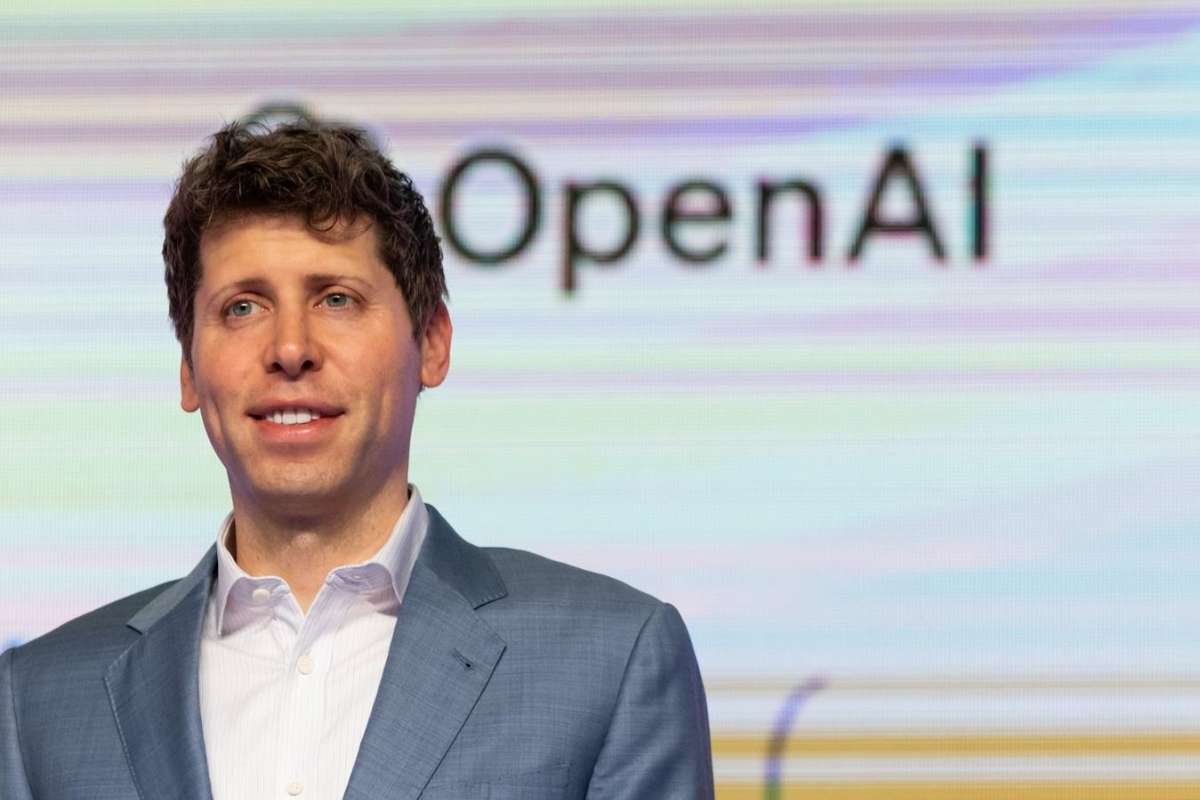In the world of banking, things move fast. One minute you’re reading about mobile payments, the next it’s AI telling your bank who might be about to commit fraud. For Chief Information Officers (CIOs), keeping up isn’t just a job; it’s a full-time chess match. The good news? AI is no longer just a buzzword; it’s a practical, game-changing tool. Today, we’re looking at the AI trends in banking for CIOs that are rewriting the rules of finance, and yes, they might just save your coffee budget too.
Top 8 AI Trends in Banking for CIOs – The Big Shifts
1. Smarter Fraud Detection
Fraud is one of the oldest problems in banking, but AI has given CIOs a new edge. Advanced machine learning models now scan transactions in real-time, spotting unusual patterns before the damage happens. For CIOs, this means fewer false positives and more accurate alerts. AI-driven systems also learn over time, making them faster and sharper with every transaction. This is one of the most valuable AI trends in banking for CIOs because it protects both the bank’s reputation and its customers’ trust.
2. Hyper-Personalized Customer Service
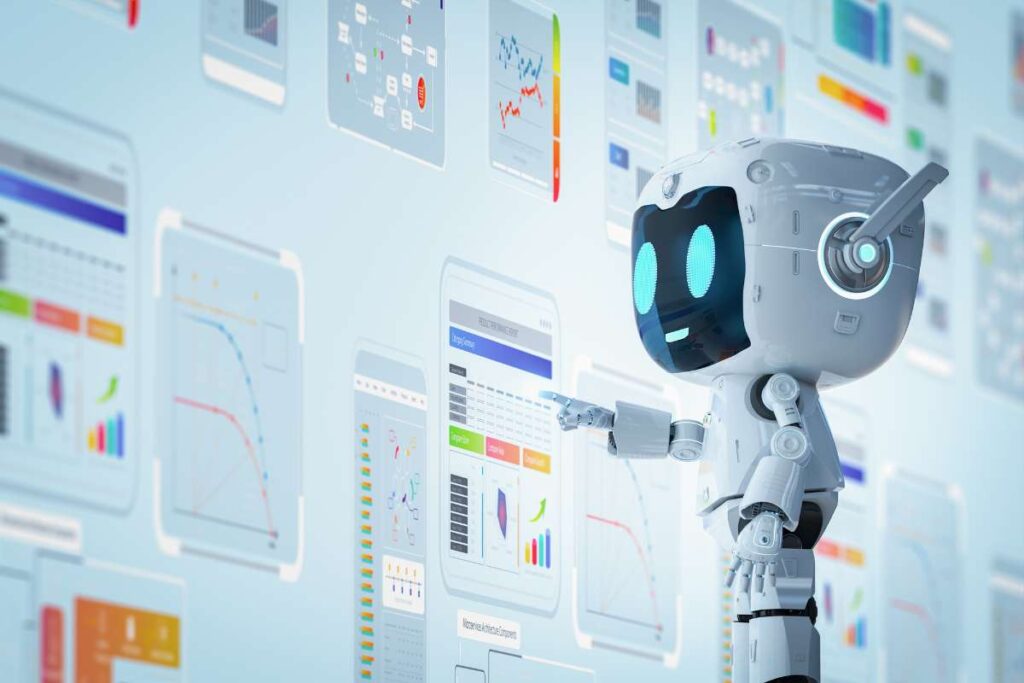
AI chatbots aren’t just answering “What’s my balance?” anymore. They’re guiding customers through loan options, helping with budgeting, and even suggesting savings plans. CIOs can now integrate AI into mobile apps, giving customers banking experiences that feel tailored to them. This level of personalization improves customer loyalty, a big win in a competitive market.
3. Predictive Analytics for Better Decisions
Predictive analytics lets banks see tomorrow’s trends today. By using AI to track customer spending habits, investment moves, and loan behaviors, CIOs can prepare better strategies. This helps with everything from managing risks to launching new financial products. The ability to make informed decisions quickly is one of the strongest AI trends in banking for CIOs.
4. AI-Powered Risk Management
Risk is part of banking, but AI makes it manageable. With the right tools, CIOs can evaluate credit risk faster, predict market shifts, and detect operational weaknesses before they become problems. AI-based models can even simulate “what if” scenarios to guide decision-making. This ensures the bank is prepared for both everyday operations and rare crises.
5. Automation in Back-End Operations

Banks have mountains of repetitive tasks, processing forms, verifying documents, and updating records. AI-powered automation is cutting these tasks down to minutes instead of hours. CIOs can redirect skilled staff to more critical work while AI handles the routine. This not only saves time but also reduces errors, making it a favorite among the AI trends in banking for CIOs.
6. Voice Banking and Natural Language Processing (NLP)
Voice assistants powered by NLP are bringing convenience to a new level. Customers can now transfer funds, pay bills, or get account updates by speaking to their devices. CIOs integrating this trend are giving banks a competitive edge in customer convenience and accessibility.
7. Enhanced Regulatory Compliance
Compliance isn’t glamorous, but it’s critical. AI tools can scan large volumes of data to flag potential compliance risks, monitor transactions for suspicious activity, and ensure reports meet regulatory standards. This is especially helpful for CIOs juggling multiple markets with different rules.
8. AI for Sustainable Banking
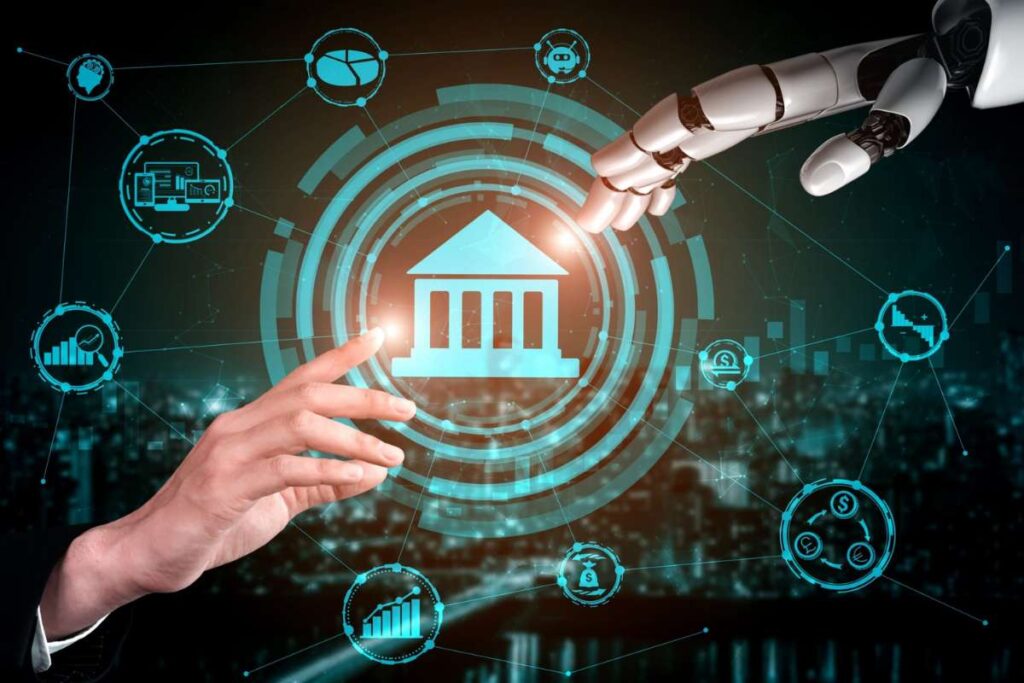
Banks are under growing pressure to support environmental and social goals. AI can help CIOs track and report on sustainable investments, assess the environmental impact of loans, and guide customers toward greener choices. This is becoming a strong differentiator in the financial world.
Challenges CIOs Must Consider
While AI brings huge benefits, CIOs must be aware of the roadblocks:
- Data Privacy – AI runs on data, and protecting it is non-negotiable.
- Bias in AI Models – Poor data can lead to unfair decisions.
- High Costs – Quality AI systems require significant investment.
- Change Management – Staff need training to adapt to AI-driven workflows.
Addressing these challenges early ensures smooth adoption and long-term success with the AI trends in banking for CIOs.
Best Practices for CIOs Adopting AI
- Start Small – Pilot projects in one department before scaling.
- Use Quality Data – AI is only as good as the data it’s trained on.
- Prioritize Security – Implement strong encryption and monitoring systems.
- Involve Stakeholders – Keep employees, customers, and regulators in the loop.
- Review and Update – AI models need regular updates to stay relevant.
These steps help CIOs adopt AI confidently while avoiding costly mistakes.
The Future of AI in Banking
In the next five years, AI is set to become a standard part of banking operations, not a bonus feature. Banks will use AI to handle 90% of customer interactions, automate loan approvals in minutes, and offer real-time financial coaching through mobile apps. CIOs who act now will be ahead of the curve, making the AI trends in banking for CIOs a must-follow roadmap for success.
Conclusion
Banking isn’t just about numbers anymore; it’s about speed, trust, and smart decisions. AI gives CIOs the tools to deliver all three. From catching fraud in seconds to giving customers personalized advice, the AI trends in banking for CIOs aren’t just changing how banks work, they’re changing what customers expect. If you’re a CIO, the future is knocking. It’s wearing a suit, carrying a laptop, and speaking in algorithms. You might as well invite it in… and offer it a coffee.









